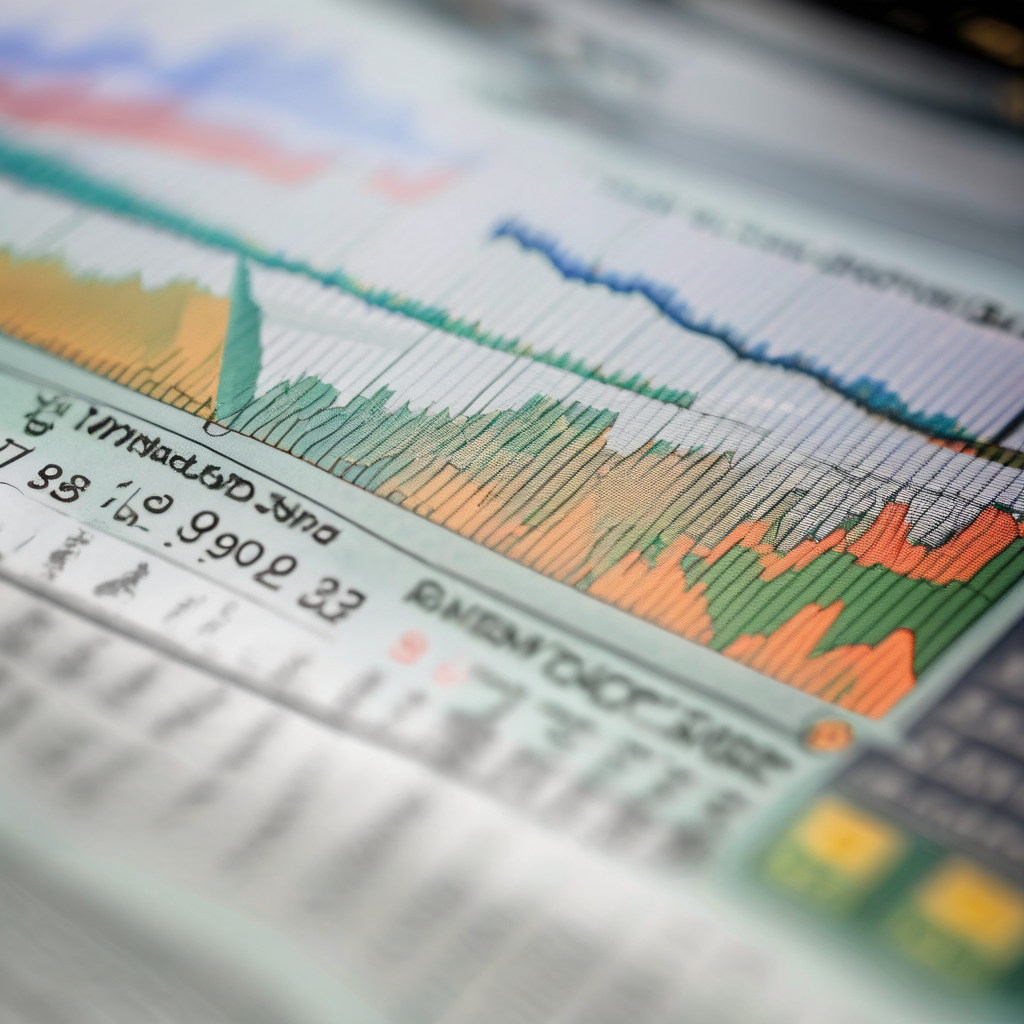US stocks experienced a downturn on Thursday as anxiety about credit market volatility and the potential risks posed by regional banks took center stage on Wall Street. The Dow Jones Industrial Average dropped by 301 points, or 0.65%, while the S&P 500 fell 0.63%. The Nasdaq Composite, known for its tech-heavy listings, declined by 0.47%.
Market volatility has ramped up recently, fueled by escalating US-China trade tensions, concerns over the high valuation of stocks, and emerging issues within the banking sector. The financial struggles faced by certain regional banks intensified fears about the health of the credit market and its possible ramifications for the stock market and wider economy.
Shares of regional banks were particularly hard hit, following disclosures from two lenders about their exposure to problematic loans. Zions Bancorp (ZION) saw a significant decline of 13% after announcing it would incur a $50 million loss in the third quarter due to a bad loan. Similarly, Western Alliance Bancorp (WAL) experienced a drop of 10.8% after revealing it was suing a borrower for fraud-related allegations.
“Credit quality worries are plaguing Wall Street today as fears mount that there are multiple large lenders with heavy exposure to problematic loans with limited collateral,” stated José Torres, senior economist at Interactive Brokers.
This turmoil in the lending sector comes shortly after auto lenders First Brands and Tricolor Holdings filed for bankruptcy in September, further stoking concerns that larger banks may also be vulnerable to rising defaults on loans.
Jefferies (JEF) faced a decline of 10.6% as the firm grappled with its exposure to First Brands, marking its worst trading day since April. The stock has plummeted 25% so far this month. Market strategist Michael Block remarked, “Everyone is waiting for a shoe to drop. There is a little baby shoe dropping in the form of Jefferies. It could be a false alarm or it could be that where there is smoke, there is fire.”
Wall Street’s volatility index, the VIX, surged by 22.6%, reaching its highest point since May. Additionally, CNN’s Fear and Greed index indicated a dip into “extreme fear” for the first time since April, reflecting the general market sentiment.
Around 80% of S&P 500 companies closed lower on Thursday, with the KBW Nasdaq Regional Banking index plummeting by 6.3%. Amidst the uncertainty, gold futures surged by 3.1%, surpassing $4,300 per troy ounce, marking a record high, as investors sought refuge in safer assets. Silver futures also gained 3.8%, reaching a new peak.
Investors have also turned to bonds, resulting in lower yields. The yield on the 10-year Treasury fell below 4%, marking its lowest level since April, while the two-year yield dropped to 3.42%, the lowest since 2022.
Jamie Dimon, CEO of JPMorgan Chase, has voiced concerns about the credit environment during the bank’s earnings call, highlighting the firm’s $170 million exposure to Tricolor. He warned, “If we ever have a downturn, you’re going to see quite a bit more credit issues,” referencing signs of potential excess in the market.
With asset prices at a high and credit spreads narrow, Dimon noted a cautious outlook, saying, “It seems to me the market kind of thinks everything’s going to be fine, and you know, I’m not quite so sure of that.” As the situation continues to unfold, investors remain vigilant, hoping for stabilization amidst the uncertainties.
